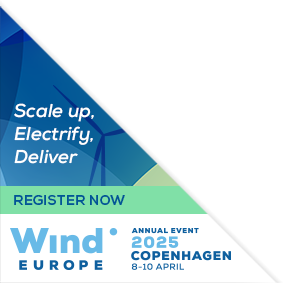Posters
Siblings:
ProceedingsProgrammeSpeakersPostersContent PartnersPowering the FutureMarkets TheatreResearch & Innovation in actionStudent programmePresenters dashboardCome meet the poster presenters to ask them questions and discuss their work
We would like to invite you to come and see the posters at our upcoming conference. The posters will showcase a diverse range of research topics, and will give delegates an opportunity to engage with the authors and learn more about their work. Whether you are a seasoned researcher or simply curious about the latest developments in your field, we believe that the posters will offer something of interest to everyone. So please join us at the conference and take advantage of this opportunity to learn and engage with your peers in the academic community. We look forward to seeing you there!

PO142: Large scale green hydrogen production in weak or island networks - Achieving stable power and H2 supply ?
Steinar Halsne, Senior Power System Design Engineer, ABB
Abstract
There's a pressing need to find large scale, reliable energy solutions that at the same time ensure grid stability with the use of intermittent renewable energy. Production of green hydrogen with the help of offshore wind energy operated as an off-grid system is one such solution. This both allows capturing energy in areas lacking electrical infrastructure and avoid adding burden to the grid in areas of congestion and low margins. Hydrogen as an energy carrier can also be stored for utilization in periods of low energy production. Implementation of off-grid green hydrogen systems has several challenges. Some, like the feasibility of running a large-scale hydrogen system in off grid mode was shown in a previous study by ABB (PO-131 WE 23), while others related to the cost of reactive power compensation, ramping speed of electrolyzers, or sizing of the hydrogen storage facility, are examined in this presentation. The choice of the rectifier is a key driver of the reactive power consumption in the off-grid system impacting the size and electrical cost of the system. Another important factor is the ramping speed of the electrolyzers, which varies greatly across different electrolyzers. Based on the varying ramping speed, the equipment required for active and reactive power balancing and energy storage also vary greatly. Finally, it is important to size the storage system while considering the benefits in terms of system stability and demand compliance, and the cost associated with it. It is furthermore seen that the cost of incompliance with delivery demands has a high impact on the optimization for the size of the hydrogen buffer intended to meet hydrogen demand in times of low production.










